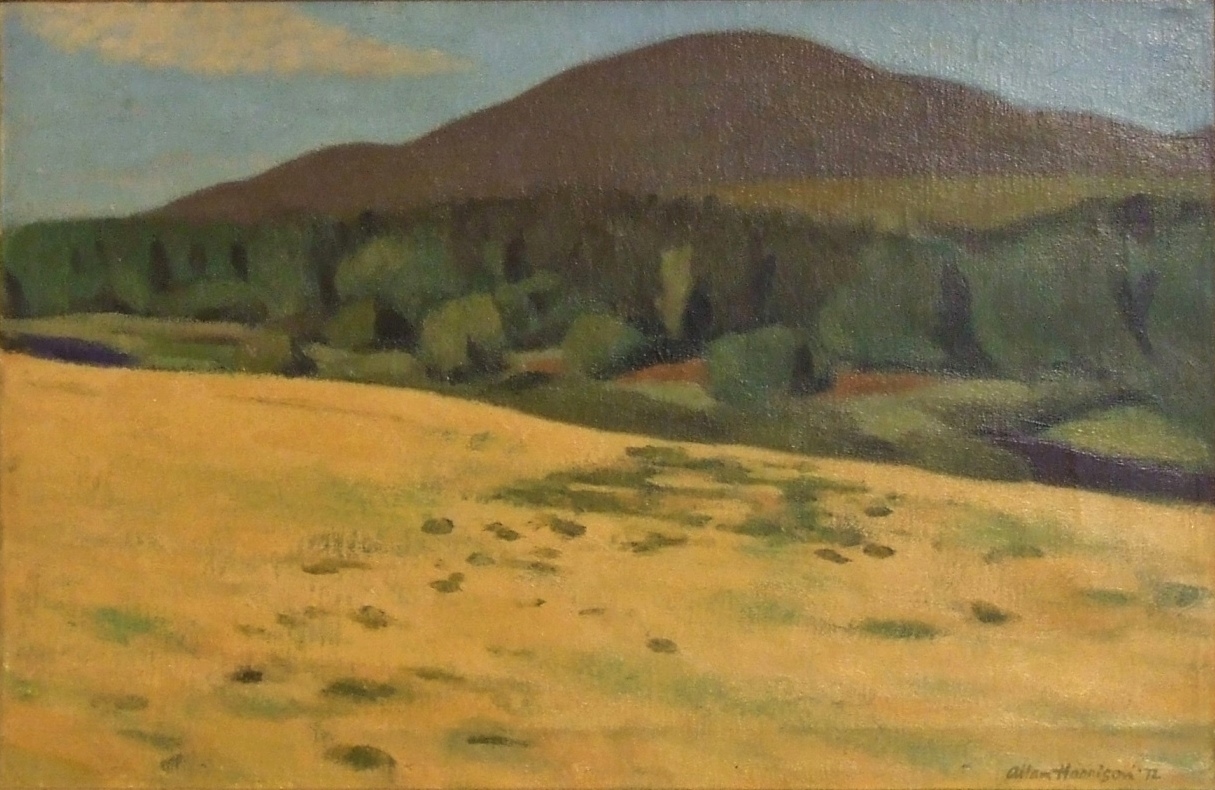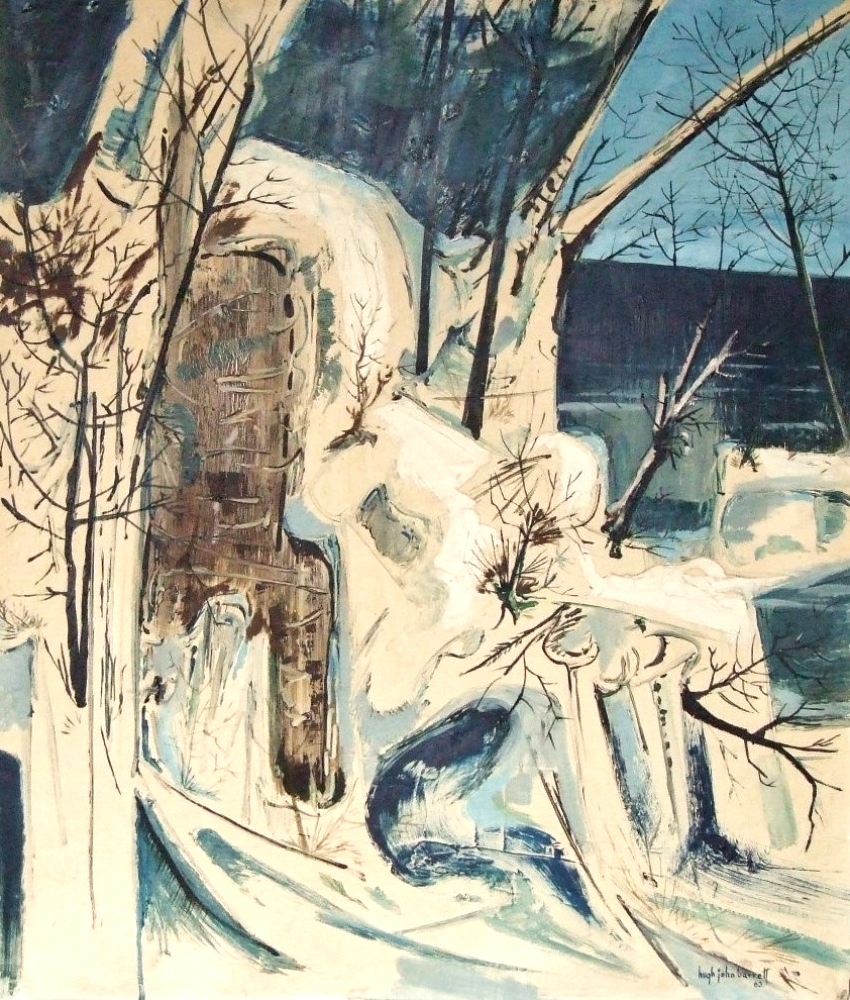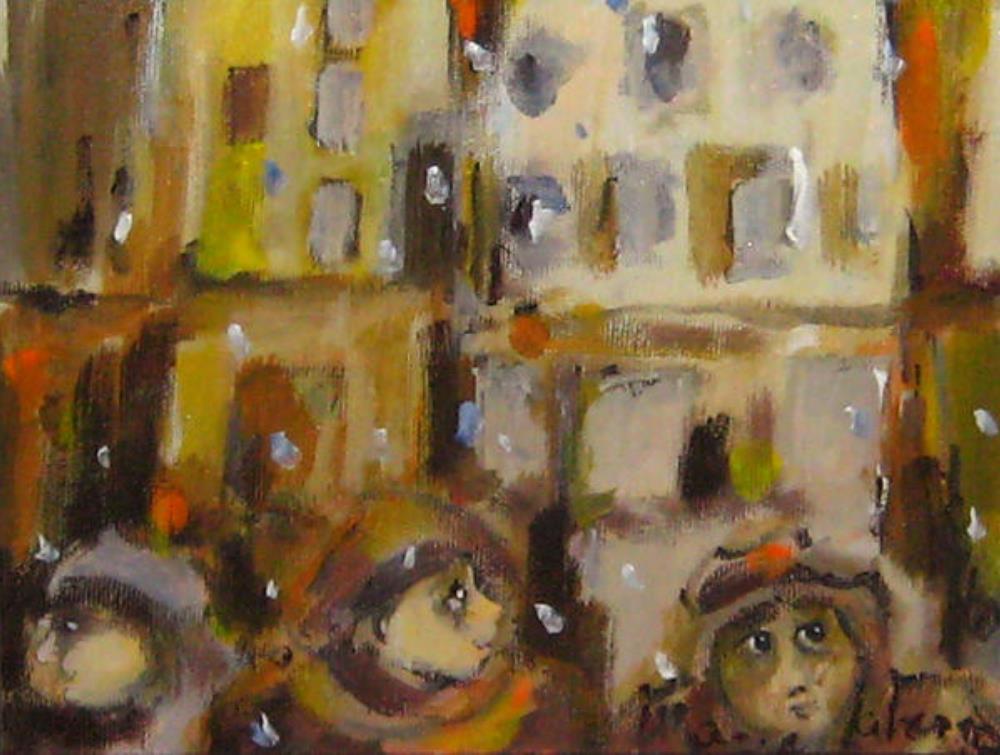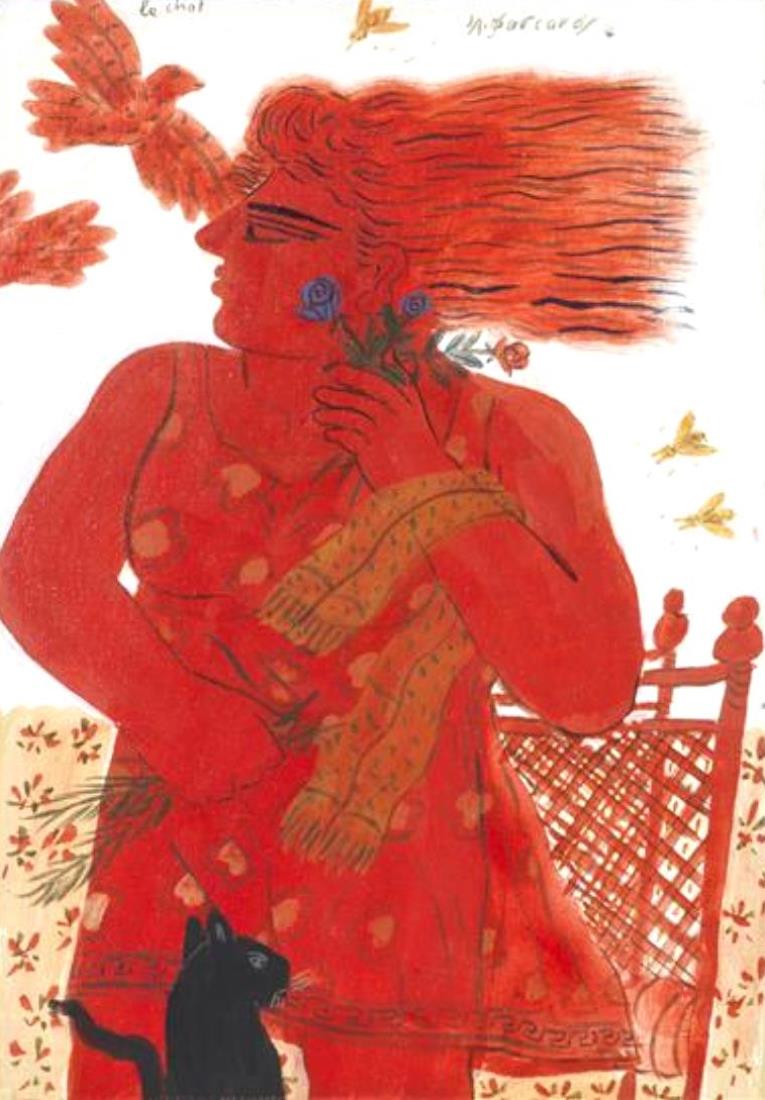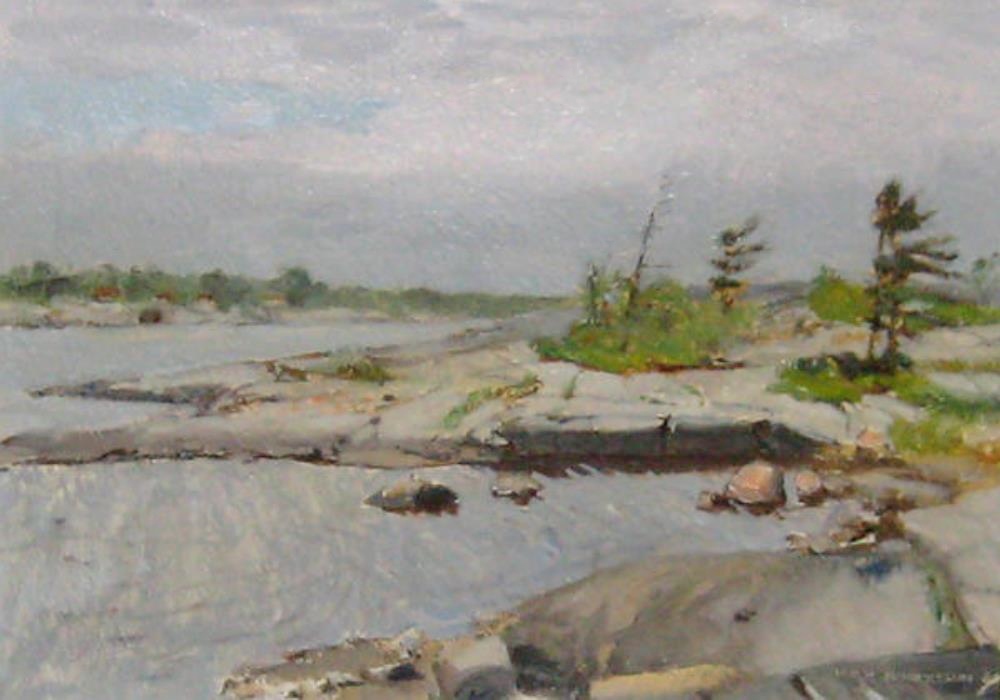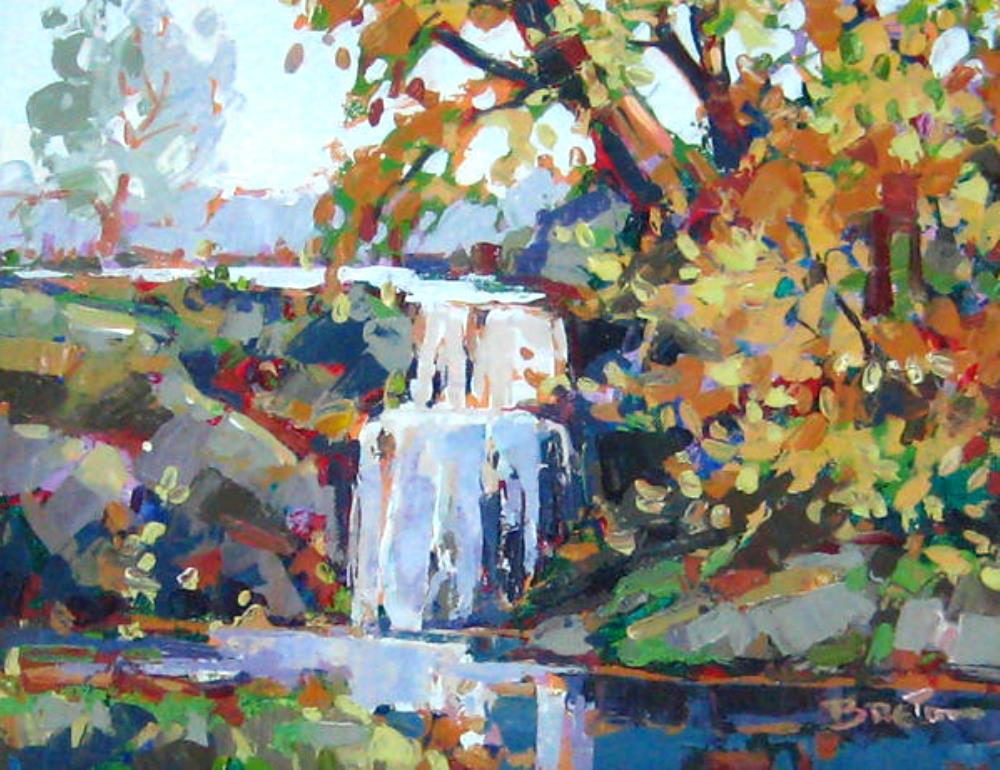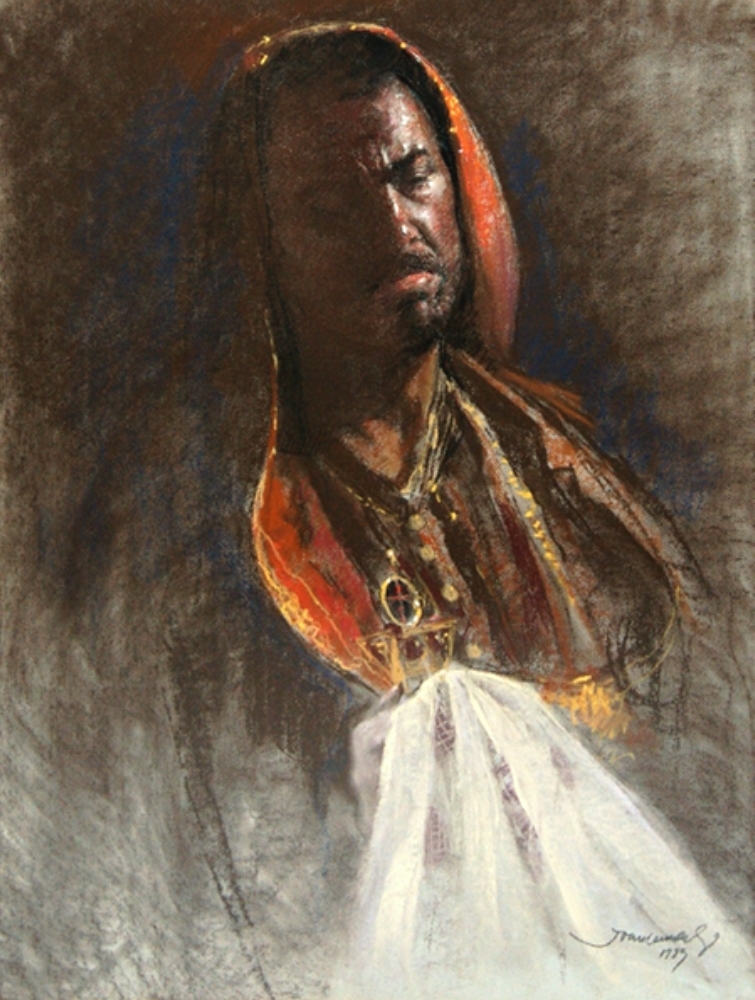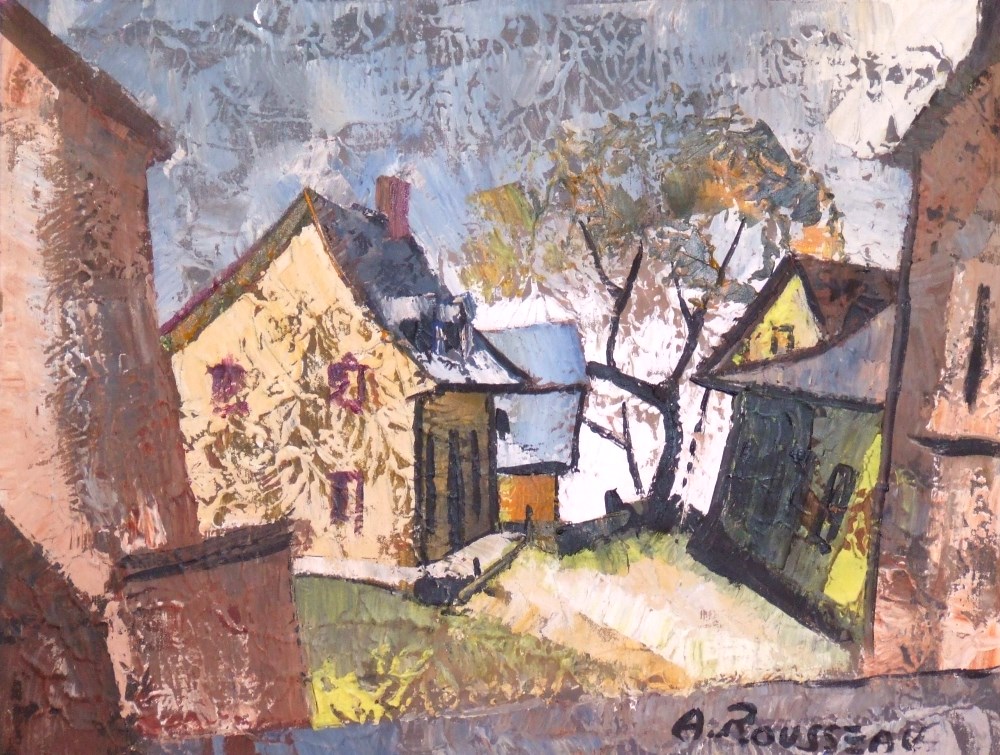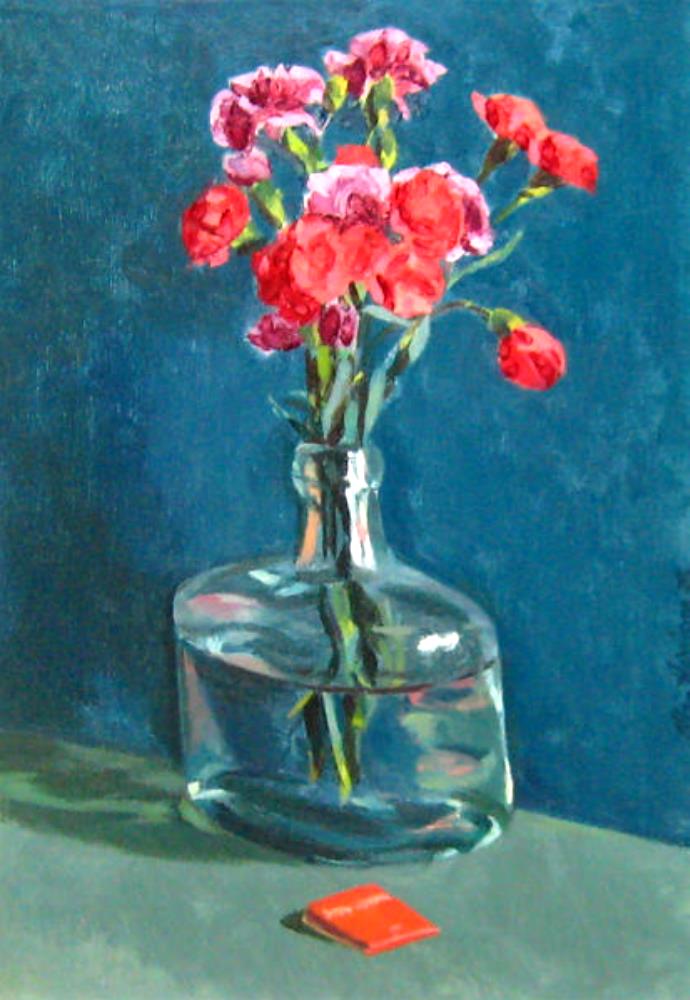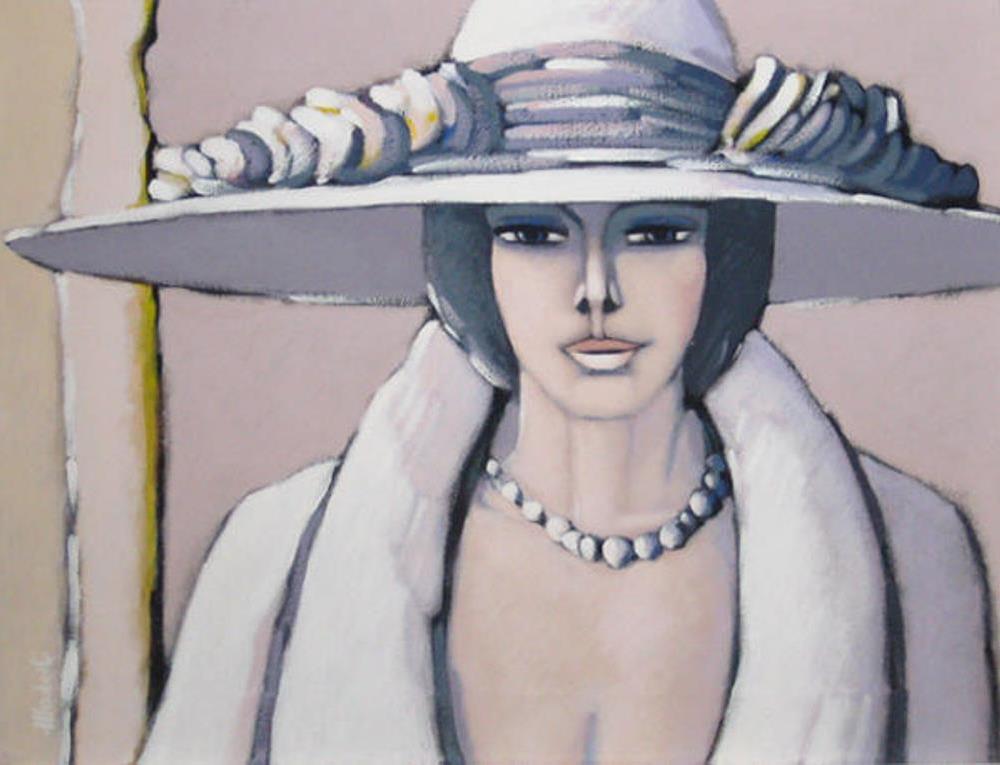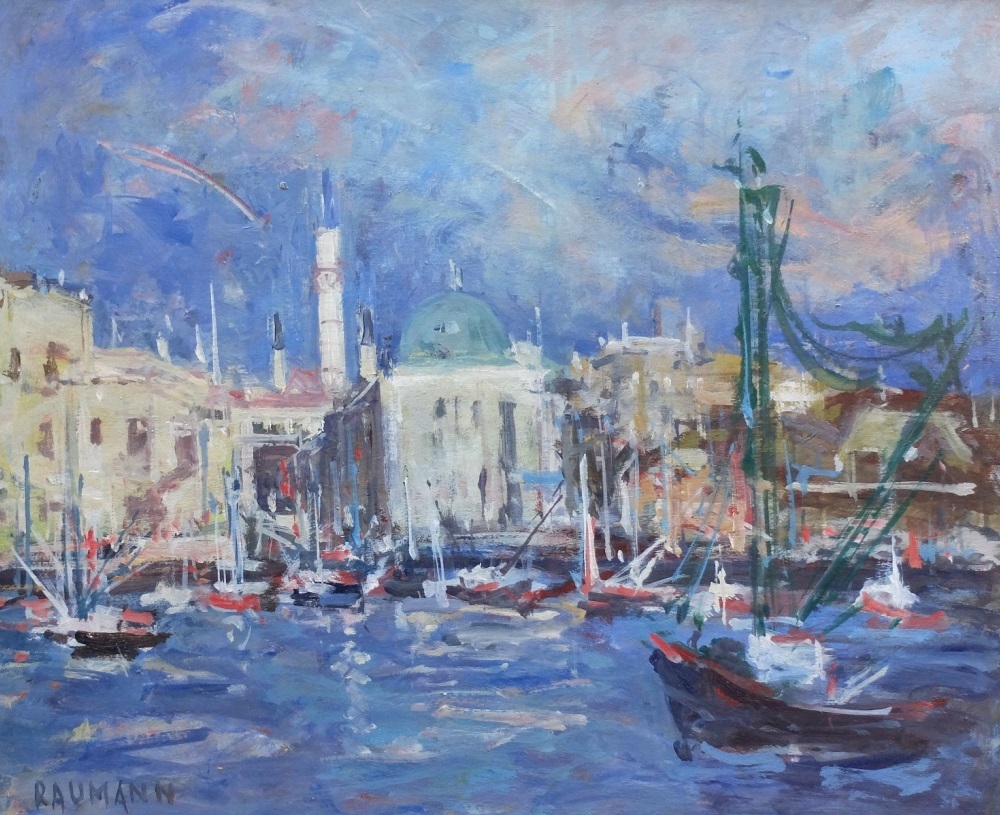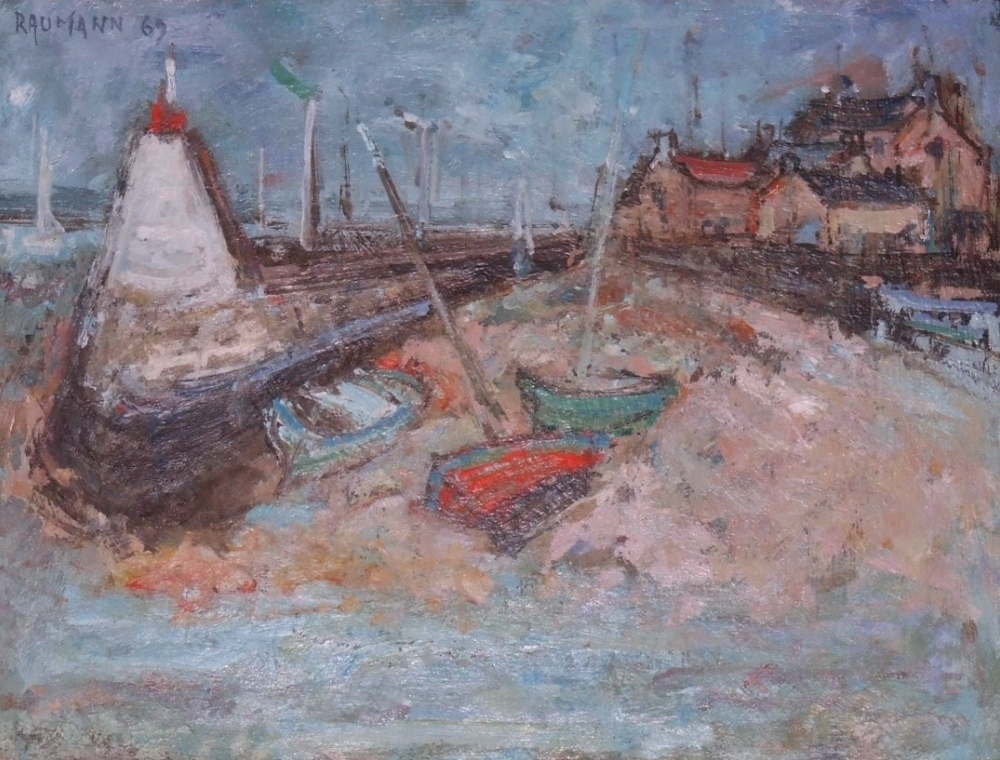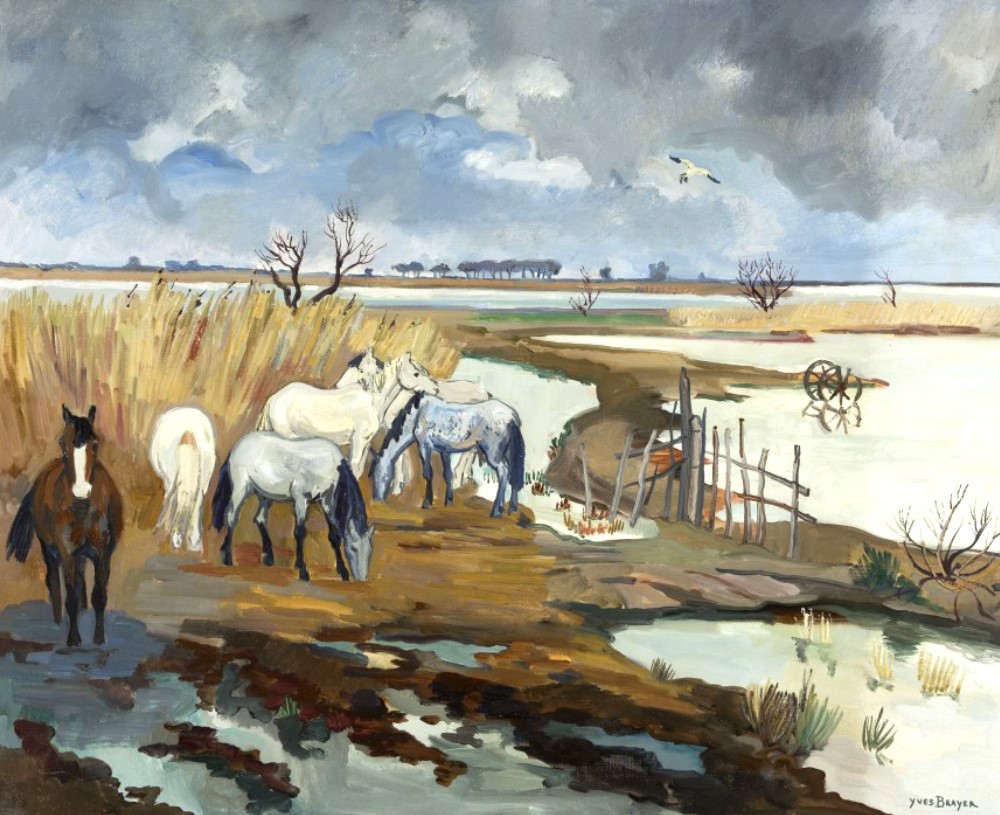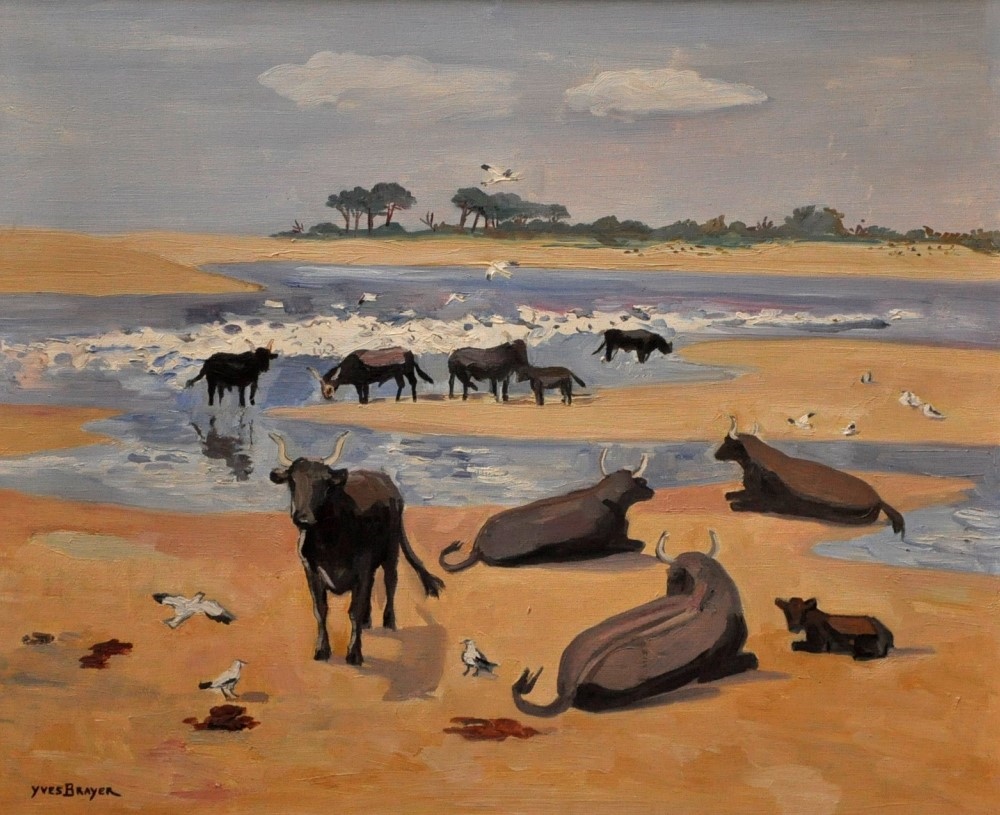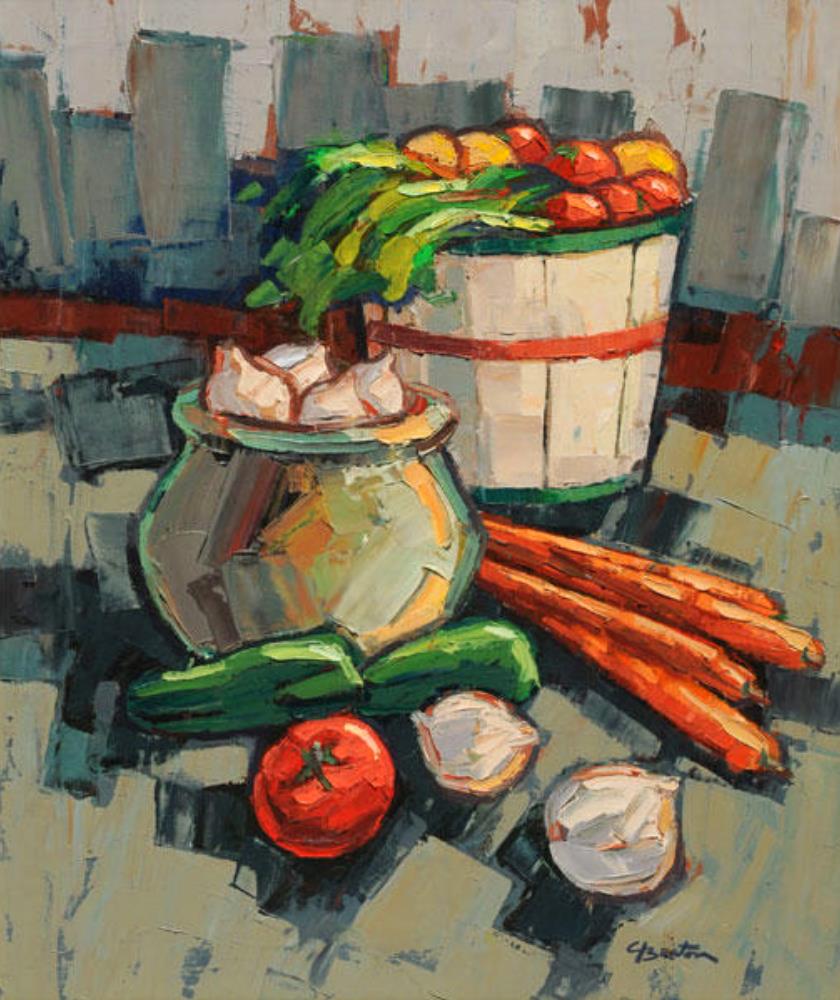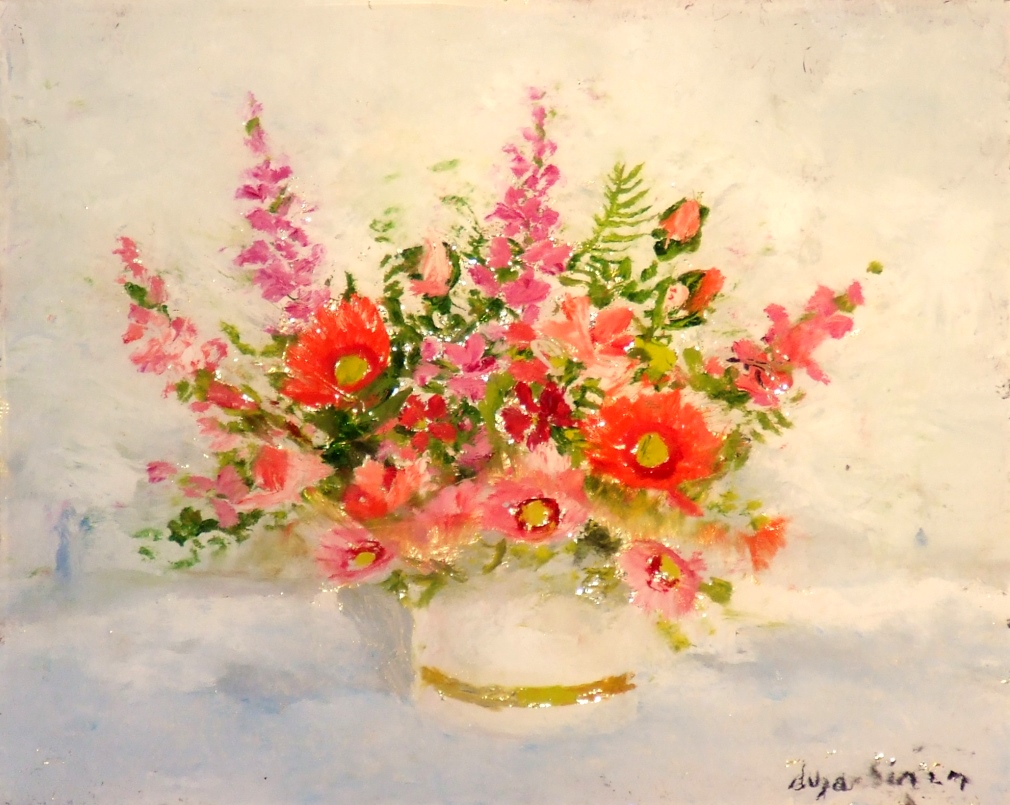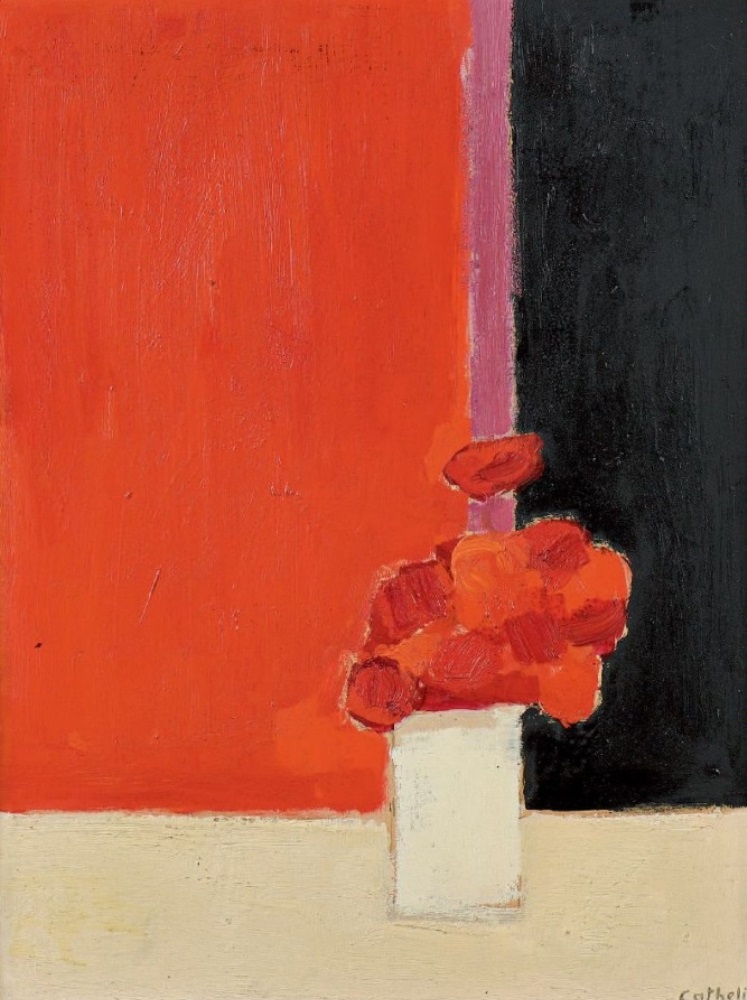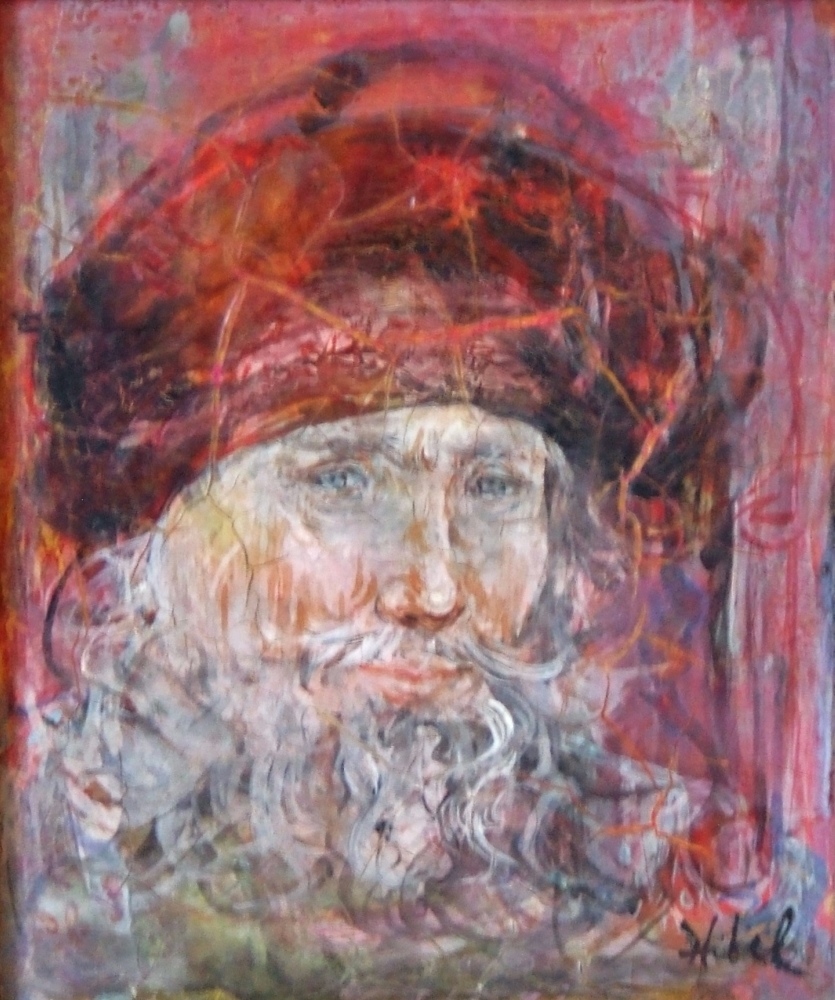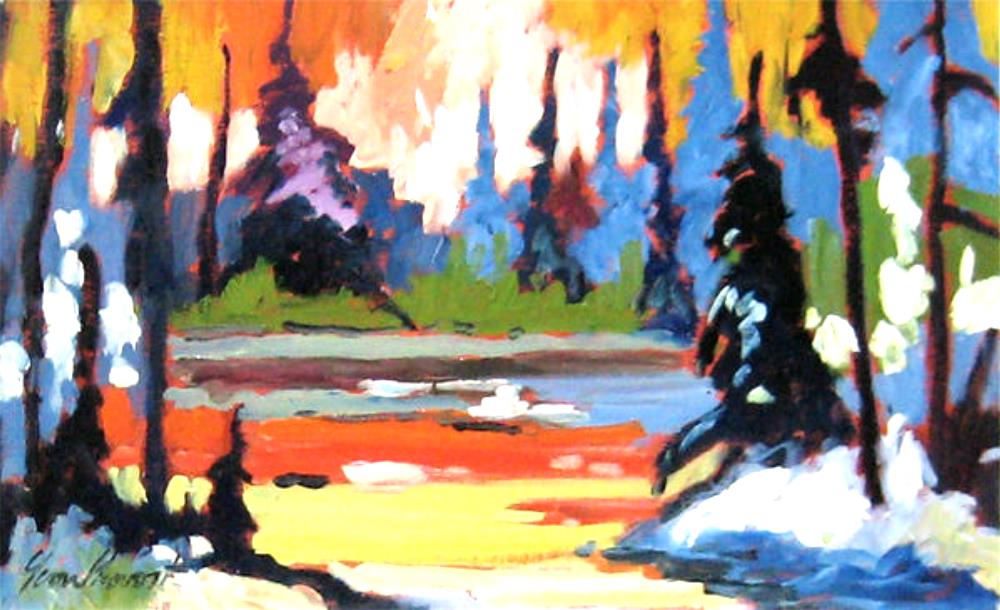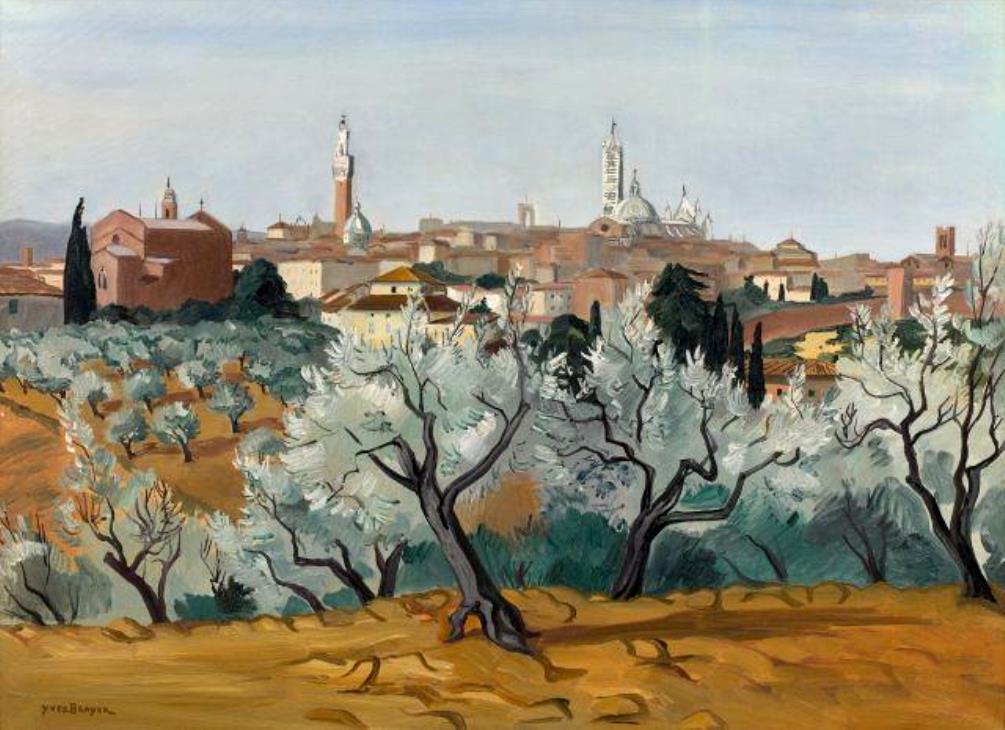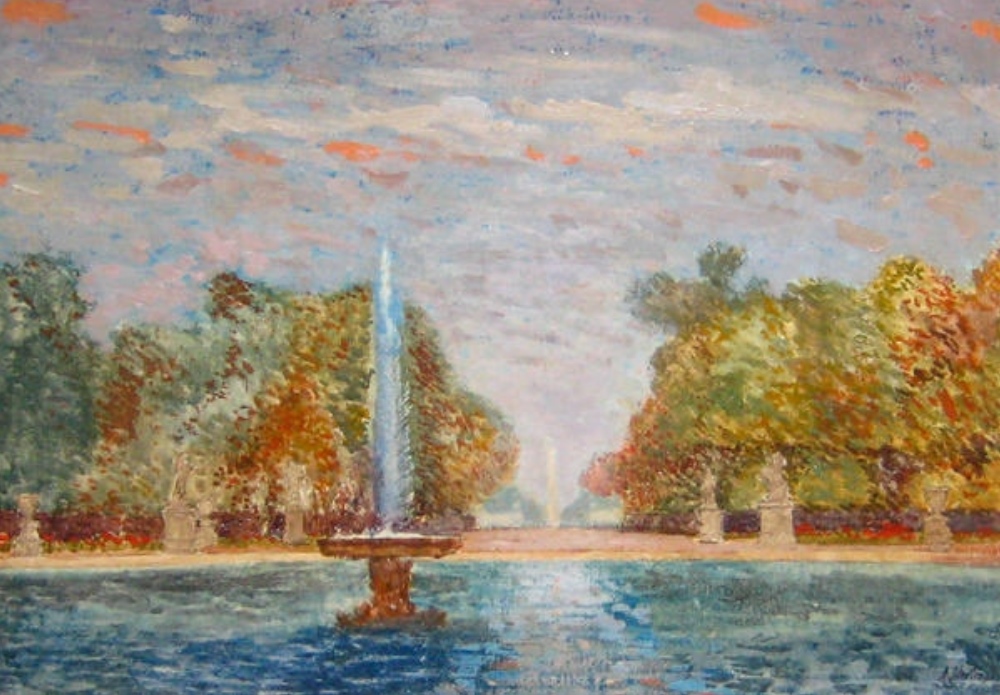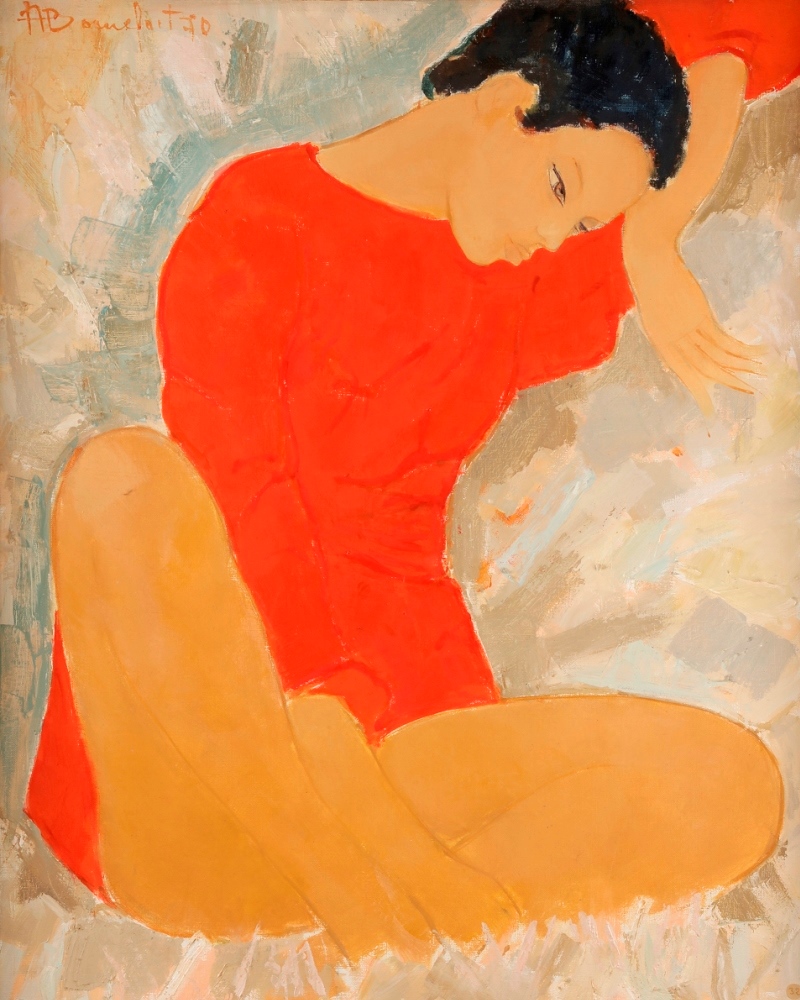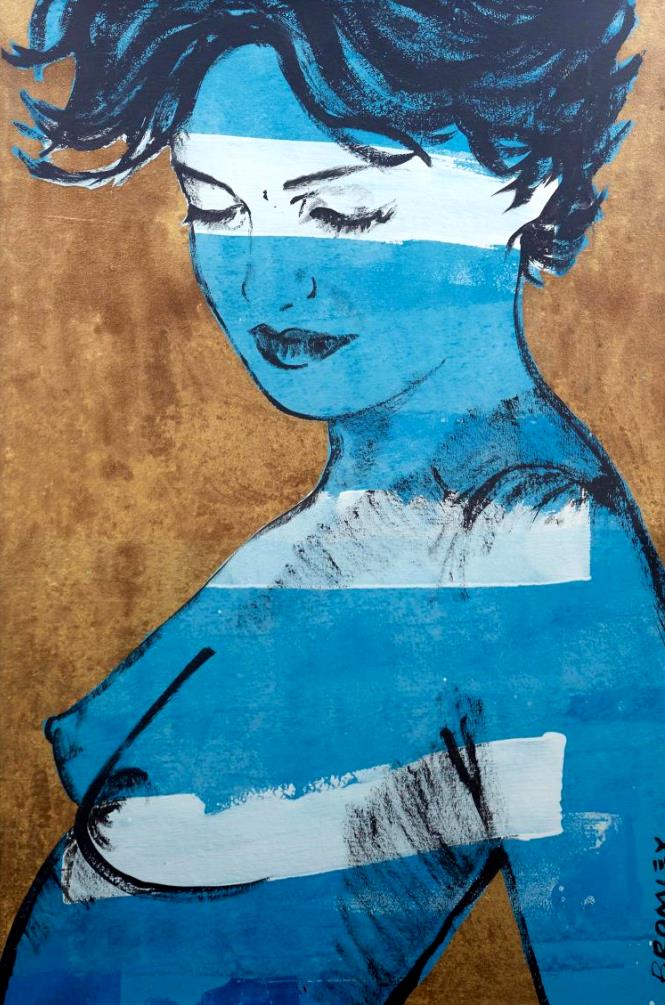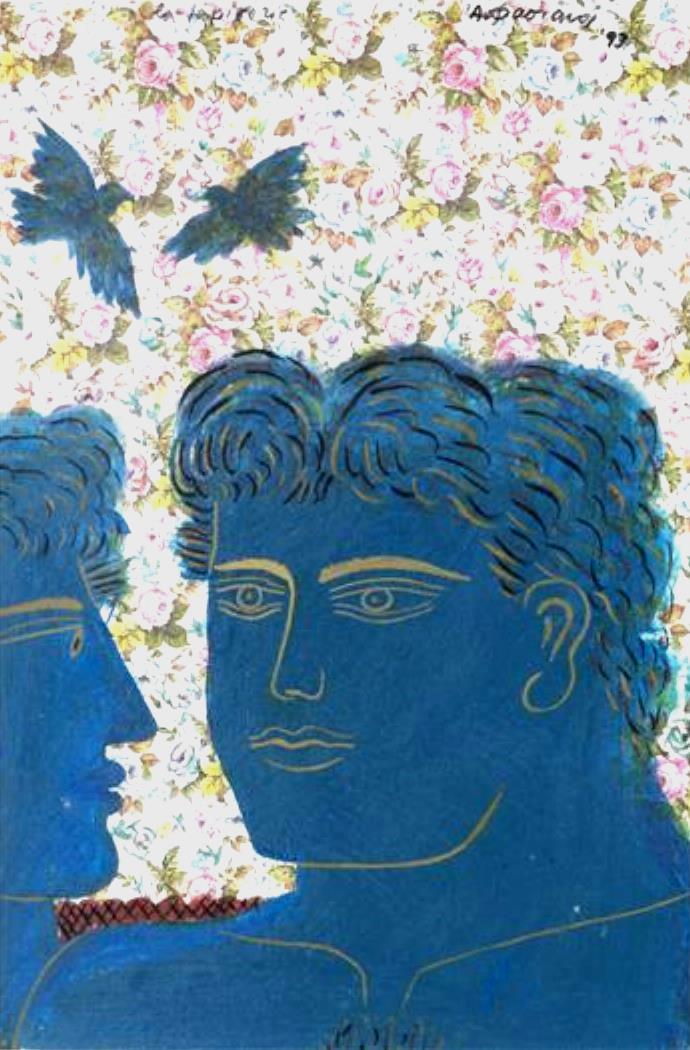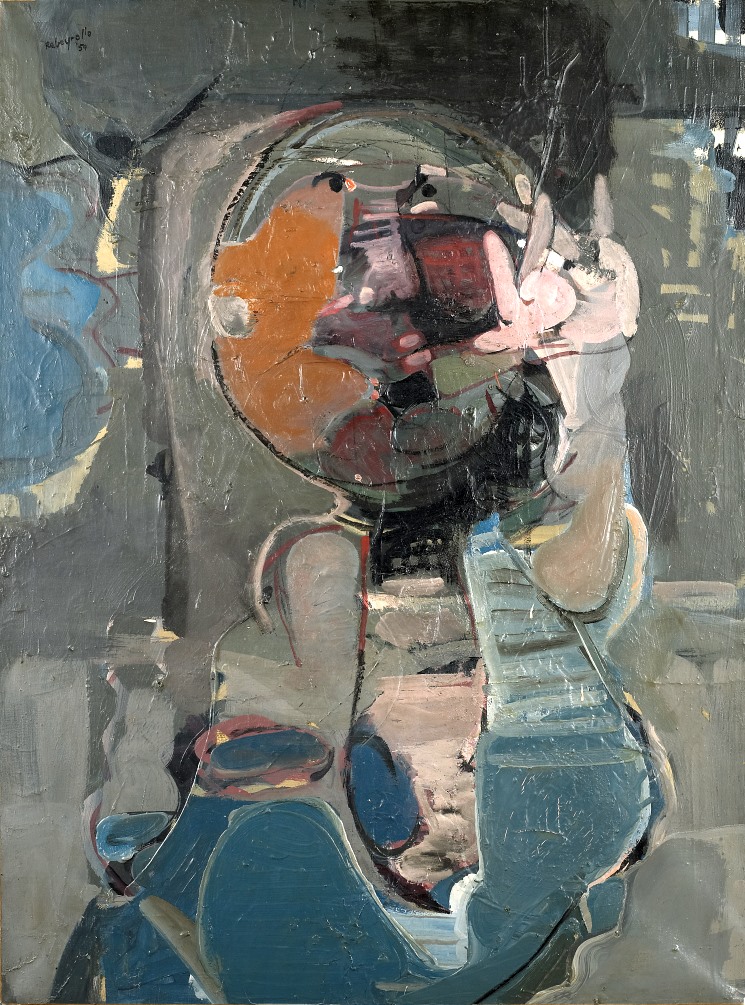The artistic movements of the 19th and 20th century
Art movement
An art movement is a tendency or style in art with a specific common philosophy or goal, followed by a group of artists during a specific period of time, (usually a few months, years or decades) or, at least, with the heyday of the movement defined within a number of years. Art movements were especially important in modern art, when each consecutive movement was considered as a new avant-garde.
School of Paris
The École de Paris is a concept that designates all of the artists, including many foreigners, who appeared in Paris in the 20th century.
The generic term “École de Paris” (School of Paris) poses a problem when used to refer to a particular group of artists. In reality, it does not refer to any school that actually existed; the expression, which has been the subject of improper use, therefore remains ambiguous and deserves to be explained.
In her Dictionary of painters from the École de Paris in 1993, Lydia Harambourg justifies the use of the expression by the continuity that it allows to establish between the different phases of development of modern art on the part of artists who had Paris as their residence. His book does not present a particular school or current, but twenty years of painting in Paris
“The term École de Paris will be kept, because no other one can better describe, in these post-war years, the capital’s supremacy in art. “
In this sense, the School of Paris brings together the artists who helped make Paris the home of artistic creation until the 1960s and 1970s.
There are generally three main periods of change in the Parisian artistic landscape in the 20th century, each one being the manifestation of a revival of the previous one.
The first period goes from 1900 to the 1920s.
The second covers the interwar period.
And the last one is after the Second World War.
School of Pont-Aven
The name of Pont-Aven School was given a posteriori to group together under the same label very different artists who came regularly to paint in Pont-Aven, which was then only a small Breton town of 1,500 inhabitants located between Concarneau and Quimperlé, in the south-east of Finistère in Brittany, at the end of the 19th century.
The most famous artists were Paul Gauguin, Émile Bernard, Paul-Émile Colin, Paul Sérusier, Charles Filiger, Maxime Maufra, Henry Moret, Ernest de Chamaillard.
Their works are frequently characterized by the bold use of pure color and the Symbolist choice of their subject.
The most varied styles of painting, from the synthetism of Félix Jobbé-Duval to the post-impressionism of Maxime Maufra were practiced.

